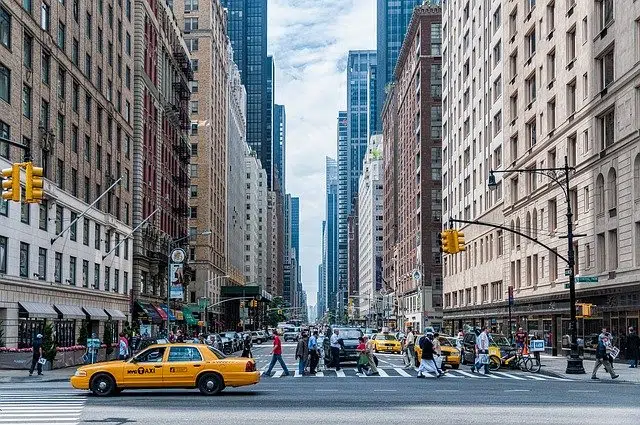
En este sentido, también hay que subrayar que cada vez más las distintas autoridades de esas urbes están trabajando a pleno rendimiento para conseguir que sus habitantes no sólo tengan mayor número de recursos para sobrevivir sino también que cuenten con los mecanismos necesarios para disfrutar de una mayor quality of life.
We are trying to achieve this higher quality of life, for example, through technology. As? Desarrollando un sinfín de proyectos y de iniciativas con los que se consiga facilitarles a los ciudadanos la realización de diversas tareas de su día a día y también el que puedan disfrutar de un ambiente mucho más sano.

